Methodology
A Ryzen 5 3600 has to be cooled at factory settings, joined by 16GB Crucial Ballistix Sport (2x8GB) DDR4 memory on an MSI B550 Tomahawk (BIOS 7C91vA9). The Asus ROG Strix GTX 1060 6GB runs in zero-fan mode for the CPU stress tests only and a Fractal Design Ion Gold 750W serves as the power source. The whole thing is housed in the Thermaltake Core P3 as an open benchtable.
All data sets are recorded with HWInfo64 v6.30-4240 – 2000ms logging, the specified temperature results from the sensor CPU Die (Average). The load of Prime95 produces an average of 88 watts of CPU package power. Since I don’t have air conditioning, the values in the graphs are the delta between room temperature and CPU temperature. This allows all cooling systems to be compared fairly, even if the ambient temperature is different. The thermal paste included with the cooler or pre-applied is used in each case.
I determine the sound level with a Voltcraft SL-200 meter at a distance of 40cm, which operates in 125ms cycles in Lo mode. The room was measured at 33.3 dB(A), an external sample table helps to break it down.
Benchmarks
In the first test run, the pump was operated firmly at maximum speed with 12 volts, and the fans on the radiator were then set gradually faster:
|
Fan |
30% PWM |
60% PWM |
100% PWM |
|
Pump speed |
3135 RPM |
3127 RPM |
3129 RPM |
|
Fan speed |
982 RPM |
1660 RPM |
2248 RPM |
|
Sound level / characteristic |
36.4 dB(A) |
44.9 dB(A) |
51.7 dB(A) |
|
Ambient temperature |
24,8 – 24,8°C |
26,3 – 26,2°C |
26,4 – 26,6°C |
The second pass is done with the fans fixed at 60% PWM and the speed of the pump changing:
|
Pump |
6V |
9V |
12V |
|
Pump speed |
1910 RPM |
2605 RPM |
3127 RPM |
|
Fan speed |
1662 RPM |
1661 RPM |
1662 RPM |
|
Sound level / characteristic |
44.9 dB(A) |
44.9 dB(A) |
44.9 dB(A) |
|
Ambient temperature |
23,0 – 23,4°C |
22,2 – 22,7°C |
26,3 – 26,2°C |
The following is a test of the various orientations of the pump block, carried out by the manufacturer himself:
Of course, I didn’t miss the chance to test it again myself. Since no extra tube of thermal paste is included, I used Arctic MX-4 as a widely used standard paste for all tests.
|
Orientation |
“3 o’clock” |
“6 o’clock” |
|
Pump speed |
3126 RPM |
3127 RPM |
|
Fan speed |
1669 RPM |
1660 RPM |
|
Sound level |
44.9 dB(A) |
44.9 dB(A) |
|
Ambient temperature |
26,4 – 26,8°C |
24,3 – 24,7°C |
I don’t see the huge difference here, at the latest when the liquid has heated up well, the results converge so much that you are already in the range of the measurement tolerance. However, a slight trend can be seen, so if the installation with the hoses towards the graphics card is possible – why not?
And that’s how this AiO water cooler fares compared to its fellow contenders in the similar price segment:
Summary and conclusion
Of course, looks are always a matter of taste, and most manufacturers prefer to take the boring middle route to appeal to the widest possible audience, but I find the LS720 really appealing. The lighting is also discreet rather than radiantly bright. With the retaining clips on the hoses, you may not be venturing into something groundbreakingly new, but rare.
For my taste, the installation could have a little less individual parts, but the whole thing is still well within the bounds of what is bearable. The daisychain function is practical and saves space. In terms of performance, one is in the better midfield, but cannot keep up with the copper radiators of the new Alphacool models. However, this complete water cooling system doesn’t make any mistakes and the mentioned features like a customizable cover, brackets for the hoses and daisy chain connections are nice extras. So, all in all, a good result and offer what Deepcool provides here. Shortly after the release, the price dropped from 160€ to 144€, so it might be worth waiting a bit.
The test sample was provided by Deepcool without obligation. There was and is no influence on the tests and results. There was also no compensation for expenses and no obligation to publish.














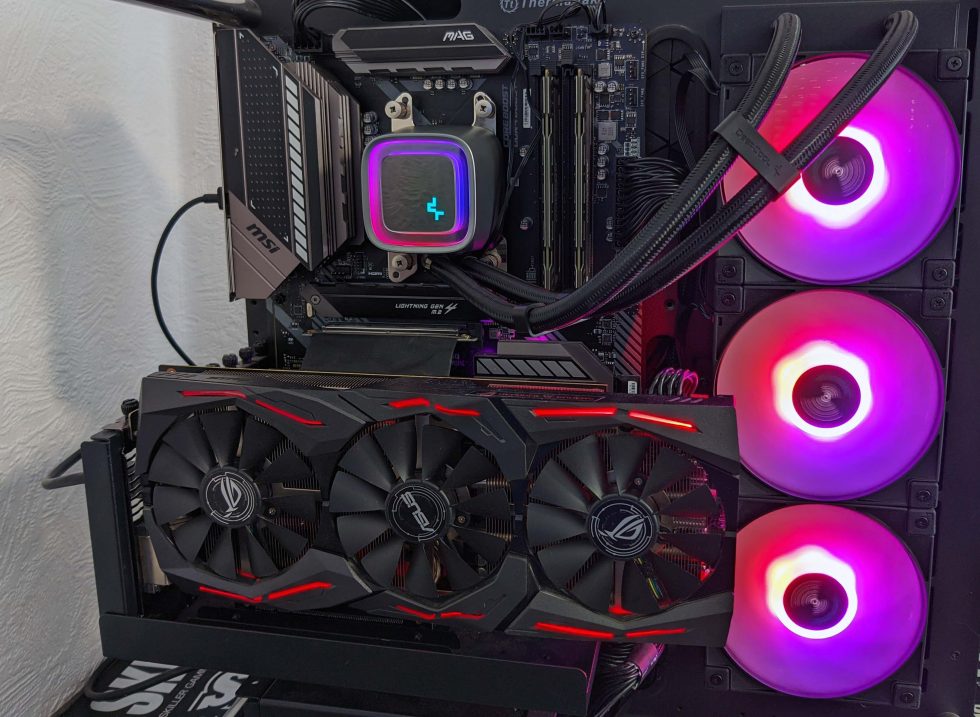
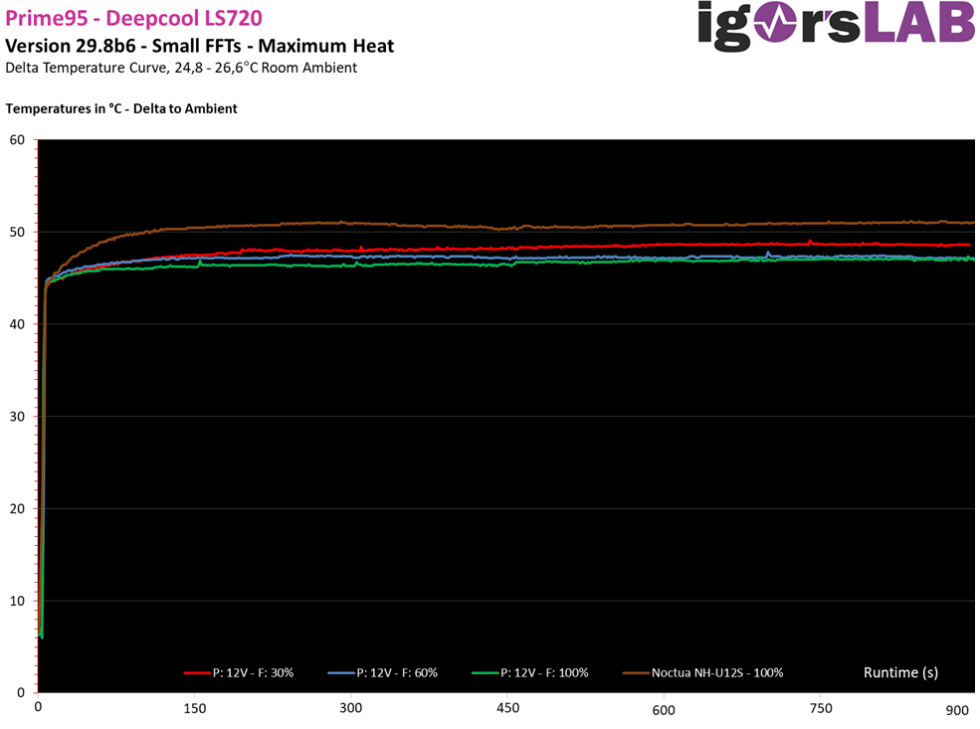
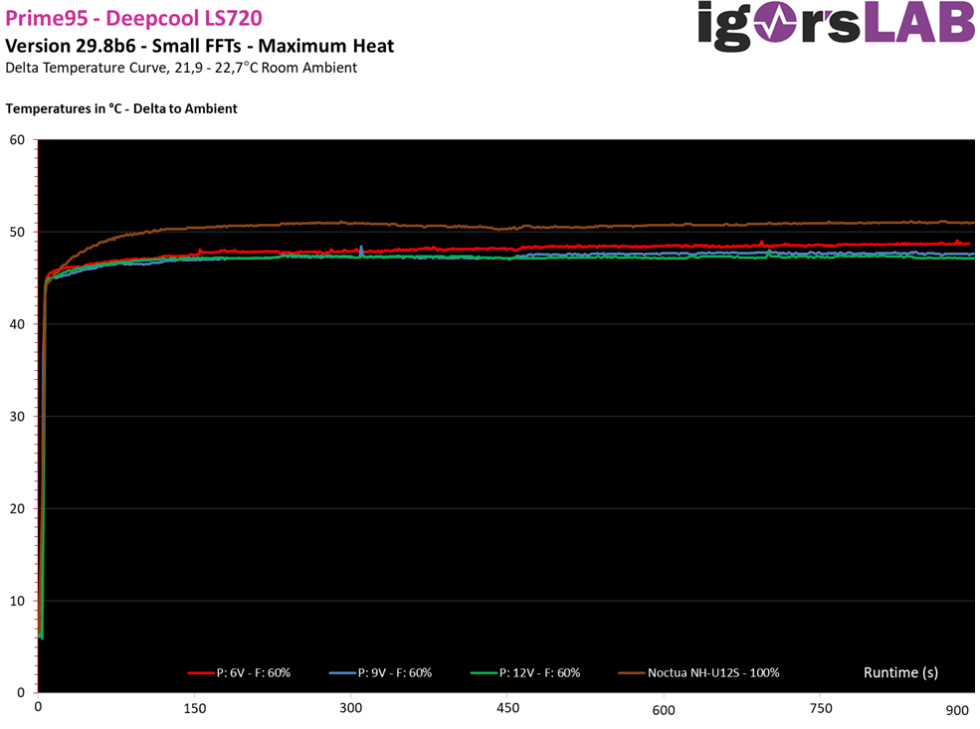
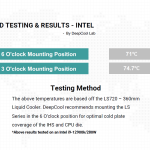
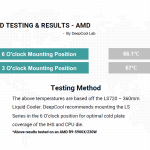
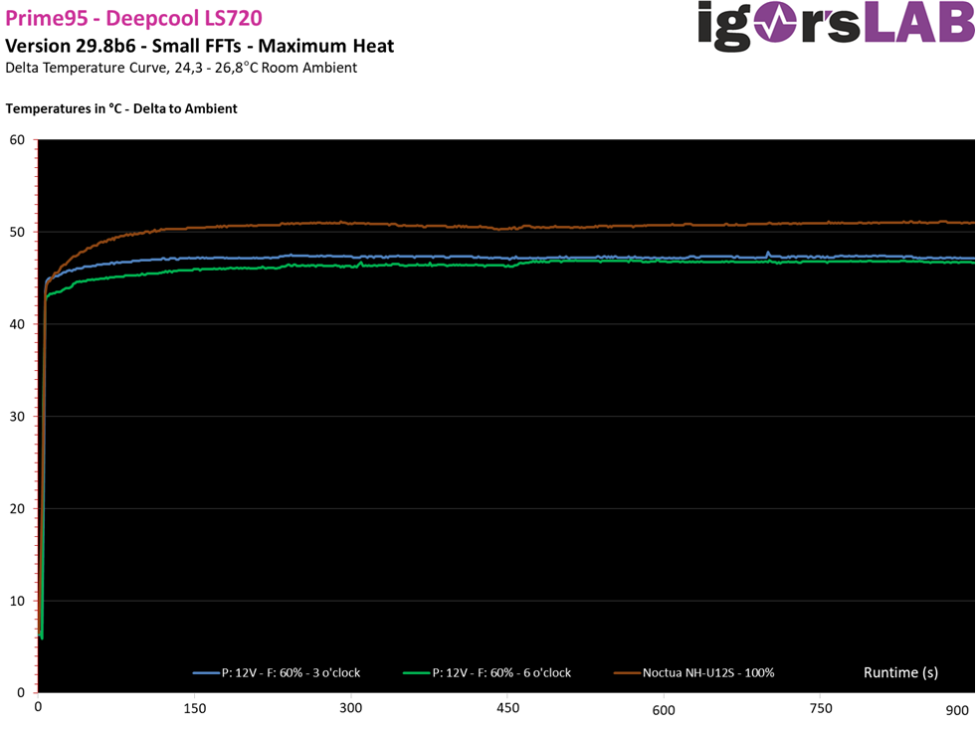
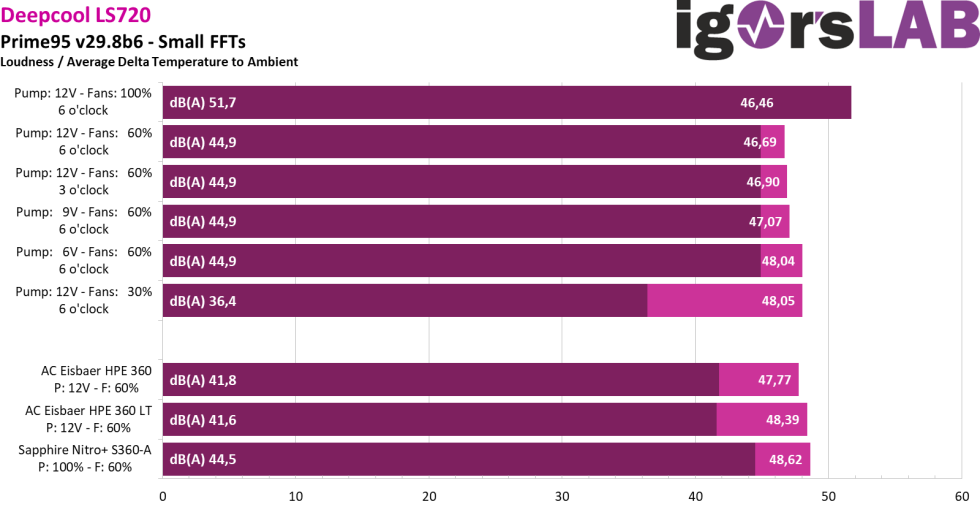
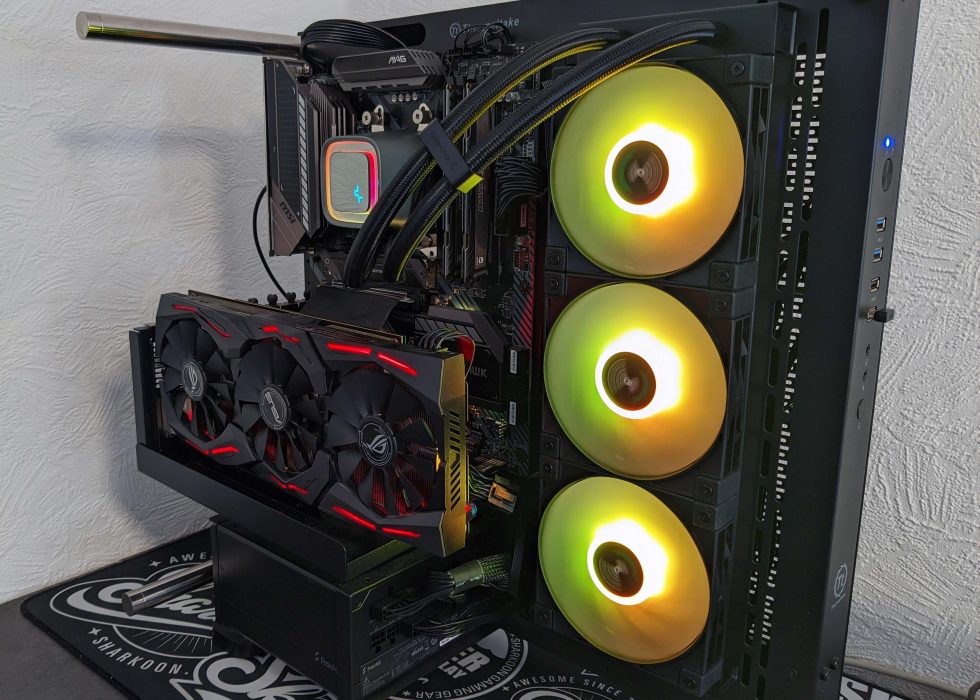



















6 Antworten
Kommentar
Lade neue Kommentare
Urgestein
Urgestein
Urgestein
Neuling
Urgestein
Mitglied
Alle Kommentare lesen unter igor´sLAB Community →